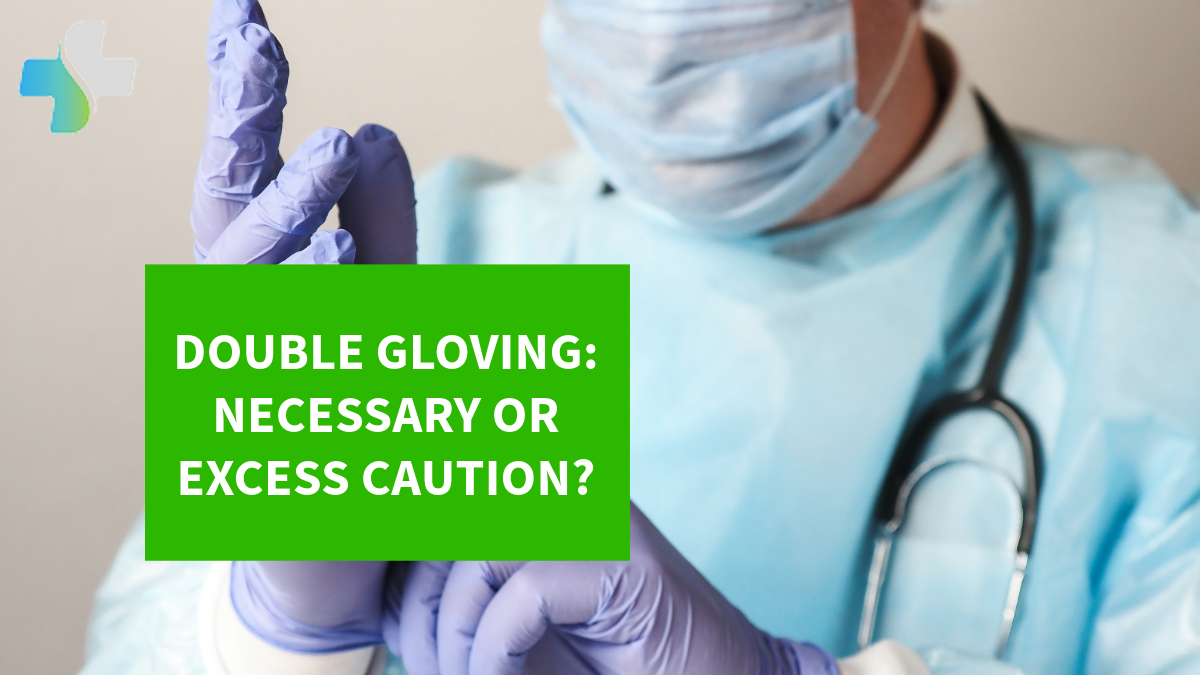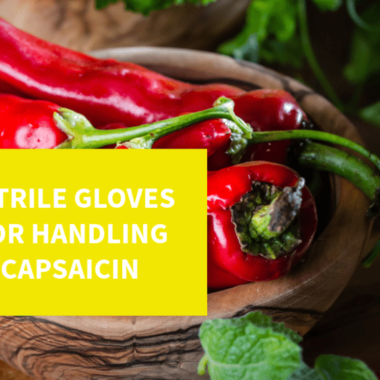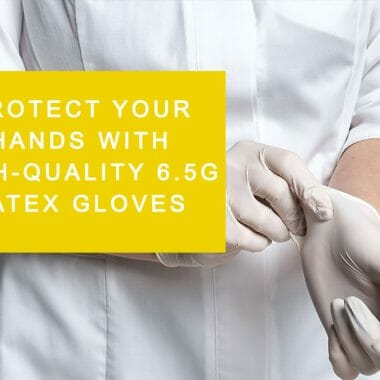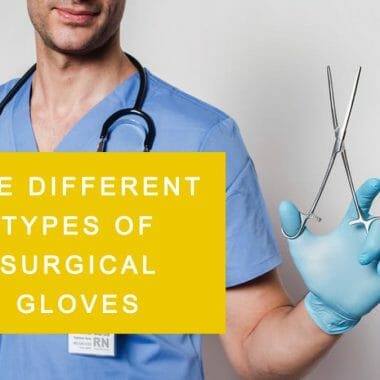Double gloving can be essential for healthcare professionals and institutions striving to improve safety and infection control measures. While some may consider this an excessive safety practice, it offers several benefits that contribute to reducing the risk of transmission of infections and enhancing safety protection for healthcare workers and patients.
Understanding the Benefits of Double Gloving
Understanding the significance of double-gloving requires comprehending all its advantages for infection control and personal protection in the workplace. Double gloving is wearing an additional pair of gloves on top of another pair. The purpose of double gloving is to provide an additional layer of protection and reduce the risk of cross-contamination in healthcare environments.
Increased Barrier Protection
Double-gloving, whether using nitrile, latex, or vinyl gloves, offers extra protection and safety in the healthcare industry. With constant exposure to infectious materials like bloodborne pathogens during medical procedures or surgeries, double glove protection can help reduce this risk. A puncture in the first glove may not affect the second pair, limiting the risk of pathogen transmission in the medical field. Wearing two pairs of exam gloves for medical surgeries provides an extra barrier of protection from cross-infection for patients and healthcare workers.
Indicator System for Glove Breaches
Using a double gloving system may include using different colors for the inner and outer parts, making punctures in the outer glove more noticeable. This indication can alert healthcare workers of breaches in glove integrity, allowing for immediate replacements and ensuring protection.
Reduced Risk of Cross-Contamination
Double gloving for healthcare safety protects both the workers and the patients. It acts as an effective barrier, preventing the transmission of microorganisms. Minimizing cross-contamination in the workplace with double gloving supports extensive infection control practices within the healthcare industry. Removing personal protective equipment (PPE) following medical procedures poses the risk of virus transfer to healthcare workers’ clothing and hands. Wearing two pairs of gloves provides extra protection from viruses and infections for healthcare workers during the PPE glove removal process.
Research Support
Studies have shown that double gloving, especially in the healthcare industry, has lowered the frequency of inner glove punctures. This enhanced protection and safety against exposure to harmful substances and infections highlights the significance of double gloving. The World Health Organization (WHO) and the Centers for Disease Control and Prevention (CDC) endorse double gloving to promote safety and protection in healthcare settings.
Confidence and Peace of Mind
The extra layer of protection from double gloving provides peace of mind for healthcare workers during high-risk procedures or tasks. This enhanced confidence can also have psychological benefits, improving focus and work performance.
Glove Adaptation to Various Healthcare Settings
Double gloving is an efficient safety measure across various medical and surgical applications, particularly in environments with high-risk exposure to infectious agents. Double-gloving is a personal and professional decision in enhancing safety in healthcare settings.
Frequently Asked Questions About Double Gloving
When questioning whether or not double gloving is an excessive or necessary precaution, several factors must be considered, including the nature and conditions of the environment. While double gloving is often associated with the healthcare industry, it can provide extra protection and reduce cross-contamination in numerous settings and environments.
1. Why is double gloving recommended?
Double gloving is suggested to enhance safety procedures and barrier protection against infections during surgical and medical procedures. It provides an effective indicator for glove punctures and helps to reduce the risk of cross-contamination between patients and healthcare workers.
2. Does double gloving affect tactile sensitivity?
Some workers voice concerns about reduced tactile sensitivity with double gloving. However, improvements in glove materials and design have modified this issue. Many healthcare professionals have reported that double-gloving does not substantially impact tactile sensitivity or manual dexterity compared to single-gloving.
3. Can double gloving lead to increased hand fatigue or sweating?
Some healthcare workers may experience hand fatigue or sweating due to the extra gloves. Selecting a comfortable and right glove size to help minimize hand discomfort and fatigue during lengthy procedures.
4. Is double gloving necessary for all medical procedures?
For healthcare workers, double-gloving is particularly recommended for high-risk procedures with exposure to blood and other body fluids. The necessary precaution for double gloving can vary depending on healthcare institutions’ policies and the risk assessment of the procedure.
5. How should gloves be disposed of after use?
Following medical procedures and surgeries, both pairs of gloves should be disposed of in designated biohazard containers in the facility. These infection control policies help to prevent environmental contamination and potential exposure to infectious agents.
6. Are there studies that support the efficacy of double gloving?
Numerous studies endorse the effectiveness of double gloving for reducing glove perforations and exposure to infectious agents. This research highlights the significance of double gloving as a protective measure in both minor and major procedures in healthcare environments.
7. What should I do if my outer glove is breached?
If your outer glove is punctured, carefully remove and dispose of both layers of gloves according to protocol. Perform proper hand-washing and hygiene practices before wearing new gloves and continuing the medical procedure.
8. Is double gloving only necessary in healthcare settings?
Double gloving can be a beneficial safety precaution in any setting with a high risk of exposure to hazardous substances or infectious materials. While it is most commonly used in healthcare settings, double gloving can be helpful in laboratories or cleaning practices involving biohazardous waste.
To order medical exam gloves in bulk, visit LifeMedz.com today! Our assortment of vinyl, latex, and bulk nitrile gloves provides excellent PPE for numerous applications and industries! Contact us today for questions or to help place your order!
References:
- PubMed, 2002. Double gloving to reduce surgical cross-infection.
- National Library of Medicine, 2012. Effect of single- versus double-gloving on virus transfer to health care workers’ skin and clothing during removal of personal protective equipment.
- Centers for Disease Control and Prevention, 2023. Guidance on Personal Protective Equipment (PPE) in U.S. Healthcare Settings during Management of Patients Confirmed to have Selected Viral Hemorrhagic Fevers or Patients Suspected to have Selected Viral Hemorrhagic Fevers who are Clinically Unstable or Have Bleeding, Vomiting, or Diarrhea.
- Journal of the American College of Surgeons, 2010. Influence of Double-Gloving on Manual Dexterity and Tactile Sensation of Surgeons.
- ScienceDirect, 2012. Is double-gloving really protective? A comparison between the glove perforation rate among perioperative nurses with single and double gloves during surgery.


















